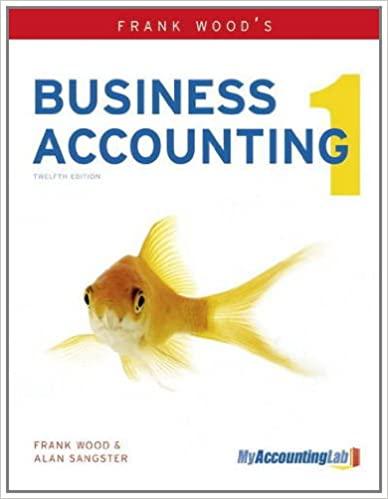13. The ending inventory at retail should be: (a) $178,000. (b) $105,000. (c) $138,000. (d) $150,000. If the ending inventory is to be valued at average cost, lower of cost or market, the calculation of the cost to retail ratio should be based on goods available for sale at which amounts? 14. Retail (a) $460,000 (b) $436,000 (c) $567,000 (d) $579,000 $680,000 S810,000 $822,000 $850,000 15. If the figures above are verified and a count of the ending inventory reveals hat merchandise actually on hand amounts to $135,000 at retail, the business has: (a) Realized a gain on inventory (b) Sustained a loss on inventory (c) No gain or loss since the two inventory numbers are very close. (d) None of the above is true. 16. The replacement cost of an inventory item is below the net realizable value and above the net realizable value minus the normal profit margin. The original cost of the inventory item is below the net realizable value minus the normal profit margin. Under the lower of cost or market method, the inventory item should be measured at: (a) Replacement cost. (b) Net realizable value minus the normal profit margin. (c) Original cost. (d) Net realizable value. 17. Using the retail inventory method, when is the cost to retail ratio based only on the cost and retail values of beginning inventory? (a) (b) (c) (d) When FIFO is used and sales exceed purchases at retail. When LIFO is used and sales are less than purchases at retail. When LIFO is used and sales exceed purchases at retail. When FIFO is used and sale are less than purchases at retail. 13. The ending inventory at retail should be: (a) $178,000. (b) $105,000. (c) $138,000. (d) $150,000. If the ending inventory is to be valued at average cost, lower of cost or market, the calculation of the cost to retail ratio should be based on goods available for sale at which amounts? 14. Retail (a) $460,000 (b) $436,000 (c) $567,000 (d) $579,000 $680,000 S810,000 $822,000 $850,000 15. If the figures above are verified and a count of the ending inventory reveals hat merchandise actually on hand amounts to $135,000 at retail, the business has: (a) Realized a gain on inventory (b) Sustained a loss on inventory (c) No gain or loss since the two inventory numbers are very close. (d) None of the above is true. 16. The replacement cost of an inventory item is below the net realizable value and above the net realizable value minus the normal profit margin. The original cost of the inventory item is below the net realizable value minus the normal profit margin. Under the lower of cost or market method, the inventory item should be measured at: (a) Replacement cost. (b) Net realizable value minus the normal profit margin. (c) Original cost. (d) Net realizable value. 17. Using the retail inventory method, when is the cost to retail ratio based only on the cost and retail values of beginning inventory? (a) (b) (c) (d) When FIFO is used and sales exceed purchases at retail. When LIFO is used and sales are less than purchases at retail. When LIFO is used and sales exceed purchases at retail. When FIFO is used and sale are less than purchases at retail







